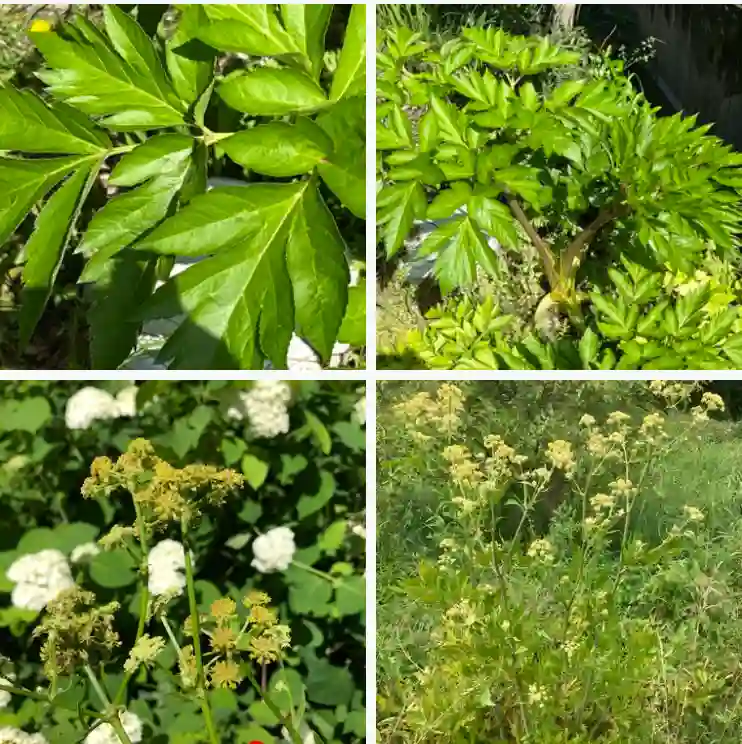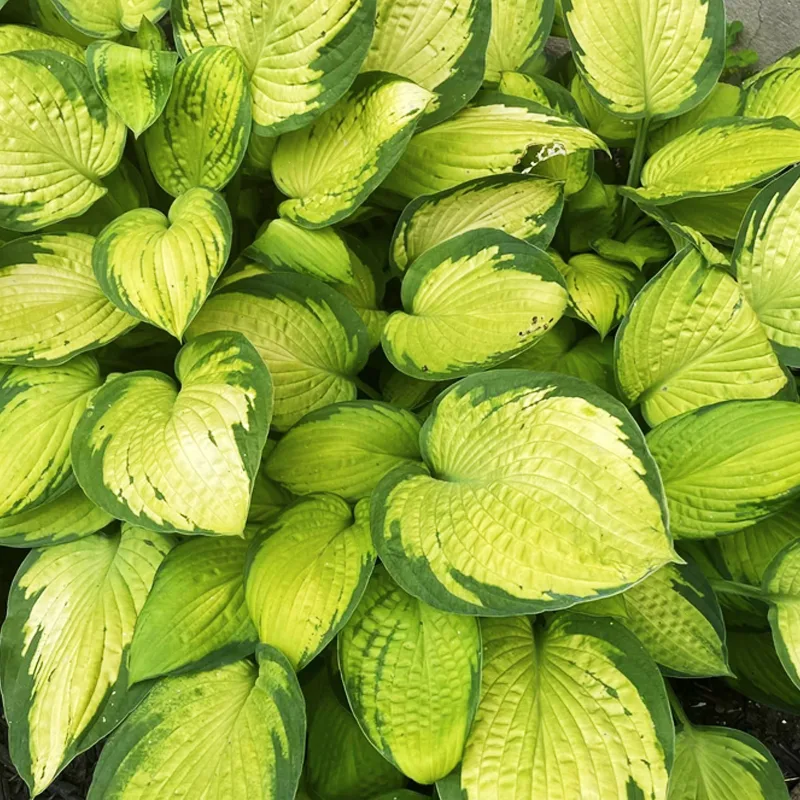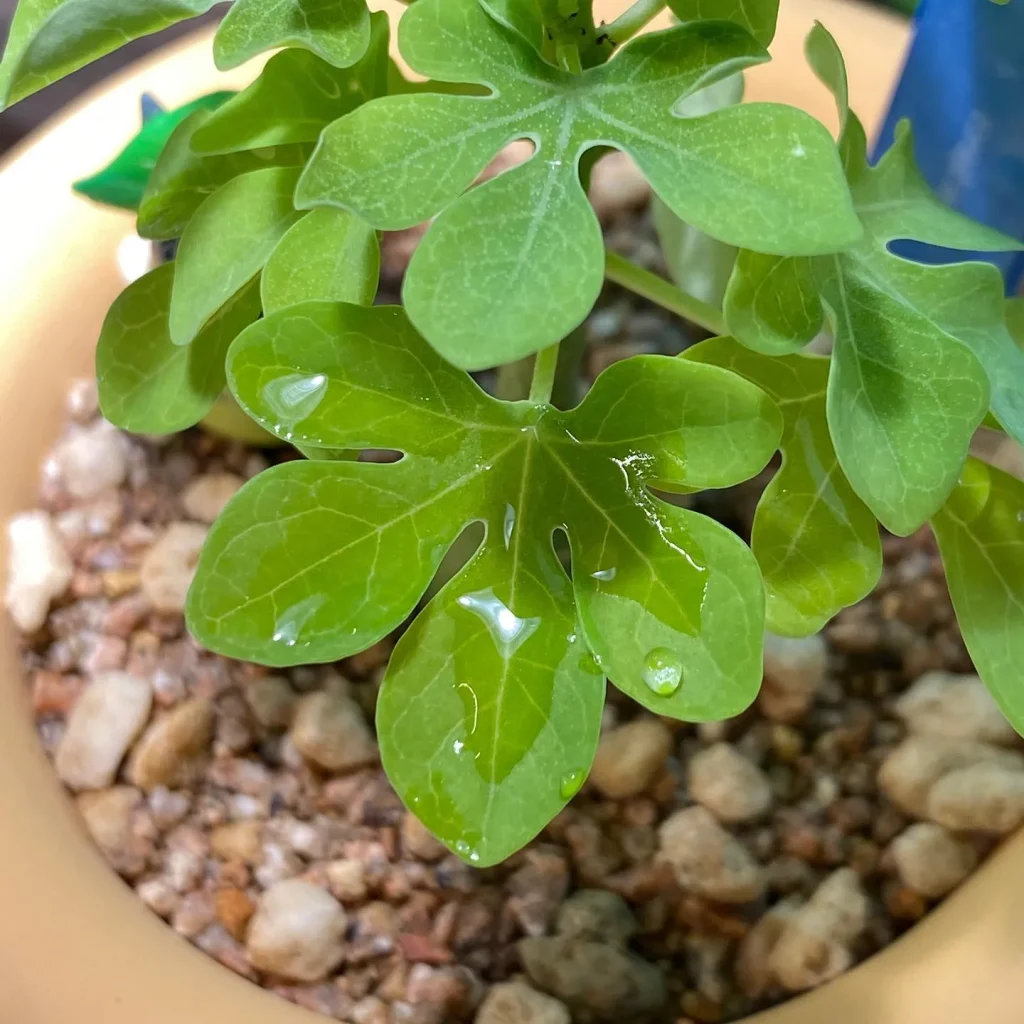Unveiling the Osmunda Japonica: An FAQ with Ferb Vu
Hi there, I’m Ferb Vu, and I’m here to delve into the fascinating world of Osmunda japonica, also known as the Asian royal fern. This majestic fern native to East Asia has captured the hearts of gardeners worldwide with its elegance and unique characteristics. So, whether you’re a seasoned plant enthusiast or just starting your foray into the world of ferns, this FAQ will provide you with all the essential information about caring for this exquisite plant.
What is Osmunda japonica?
Osmunda japonica is a deciduous fern, meaning it loses its fronds during winter. Unlike other ferns, it produces two distinct types of fronds: sterile fronds and fertile fronds. The sterile fronds, responsible for photosynthesis, boast a beautiful, vase-shaped form with cascading, bright green pinnules (leaflets). These fronds can reach up to 80-100 cm in height, adding a touch of lushness to your garden. The fertile fronds, shorter and more upright, carry spores for reproduction and take on a bronze hue as they mature.
Is Osmunda japonica different from other ferns?
Absolutely! Osmunda japonica stands out from other ferns in several ways. Firstly, its fronds have a leathery texture compared to the softer, papery feel of most ferns. Secondly, the presence of separate fertile and sterile fronds is a unique feature among ferns. Most ferns have spores scattered on the underside of regular fronds. Finally, Osmunda japonica is known for its hardiness, tolerating colder temperatures than many other ferns.
How do I care for Osmunda japonica?
Osmunda japonica thrives in moist, well-drained soil with rich organic matter. Here are some key care tips:
- Light: Provide dappled sunlight or partial shade. Avoid direct afternoon sun, which can scorch the fronds.
- Watering: Water regularly during the growing season, keeping the soil consistently moist but not waterlogged. Reduce watering in winter when the fronds die back.
- Fertilizer: Apply a balanced fertilizer monthly during the growing season. A light application of slow-release fertilizer in spring is also beneficial.
- Temperature: Osmunda japonica is generally cold-hardy, tolerating temperatures down to USDA zone 6a (down to -23°C or -9°F).
- Potting: If planting in a pot, choose a container with good drainage holes and use a well-draining potting mix.
How can I propagate Osmunda japonica?
Propagating Osmunda japonica can be challenging but rewarding. Here are two methods you can try:
- Spore propagation: This method requires patience and specific conditions to germinate the spores successfully. It’s generally recommended for experienced gardeners.
- Division: Divide mature clumps in spring when new growth emerges. Carefully separate the sections with a sharp knife, ensuring each division has healthy roots and fronds.
What are some common problems with Osmunda japonica?
Osmunda japonica is a relatively low-maintenance plant, but a few issues can arise:
- Overwatering: The most common problem is overwatering, which can lead to root rot. Ensure proper drainage and adjust your watering frequency based on weather conditions.
- Pests and diseases: While not highly susceptible, watch out for slugs, snails, and lace bugs. Insecticidal soap or neem oil spray can be used for control. In terms of diseases, fungal issues can occur in poorly ventilated or overwatered conditions. Improve air circulation and adjust watering practices if necessary.
Can I compare Osmunda japonica to other ferns?
Sure, let’s compare Osmunda japonica with two popular ferns:
- Western swordfern (Polystichum munsinum): Both ferns are evergreen in warmer climates and prefer shade. However, Osmunda japonica has a bolder, more upright presence with its vase-shaped fronds, while the western swordfern offers a softer, arching form. Osmunda japonica is also generally considered more cold-hardy.
- Japanese tassel fern (Polystichum polyblepharum): Both are deciduous ferns with architectural appeal. Osmunda japonica boasts larger, leathery fronds, while the Japanese tassel fern has delicate, thread-like pinnules. Osmunda japonica prefers consistently moist soil, while the Japanese tassel fern tolerates drier conditions.
Conclusion
Osmunda japonica is a remarkable fern that adds a touch of sophistication and timeless beauty to any garden. With its unique characteristics, resilience, and majestic presence, it’s sure to become a treasured addition to your plant collection. So, why not consider bringing this Asian royal fern into your home and witness its magic for yourself?
If i die, water my plants!



